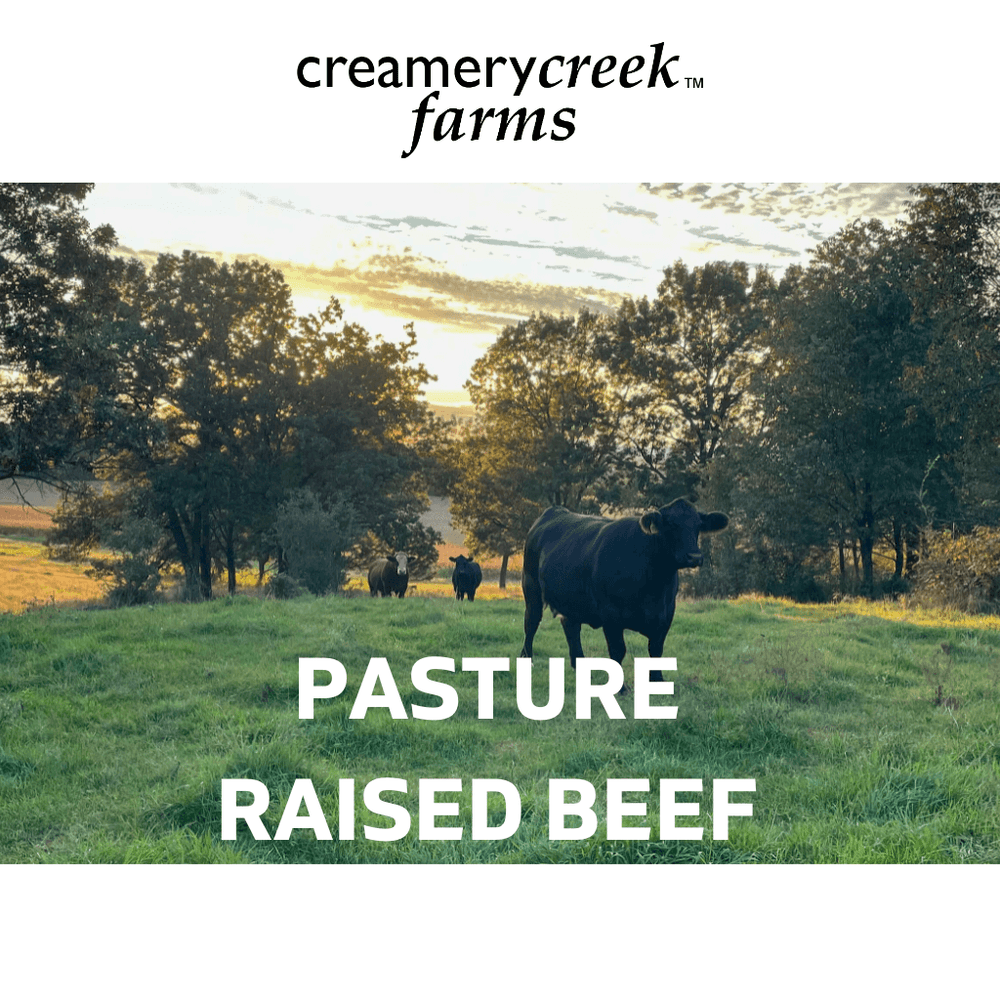
Looking for a steak that’s as good for the land as it is for your dinner plate? Pasture-raised beef isn’t just about incredible flavor—it’s about making a choice that benefits your health, the environment, and the farmers who put in the extra effort to do things the right way.
What Is Pasture-Raised Beef, Really?
Pasture-raised beef comes from cattle that spend their days outside, grazing on natural grasses the way they were meant to. That’s a big contrast to feedlot-raised cattle, which are confined and fed a diet heavy in grains and processed feed. The result? Pasture-raised beef is more nutrient-dense, higher in omega-3s and antioxidants, and packed with real, rich flavor.
Why It’s Better for the Environment
Raising cattle on pasture isn’t just good for the animals—it’s a win for the land, too. Pasture-raised cattle help improve soil health, encourage biodiversity, and contribute to carbon sequestration (that’s a fancy way of saying they help pull carbon from the air and store it in the soil). Plus, when animals are spread out grazing naturally, their manure fertilizes the land instead of piling up in massive waste lagoons that contribute to pollution.
The Health Benefits You Can Taste
Because pasture-raised cattle eat a natural diet, their beef is loaded with essential nutrients. Studies show it has more omega-3 fatty acids (great for heart health), higher levels of conjugated linoleic acid (which may help reduce inflammation), and no unnecessary hormones or antibiotics. It’s the kind of beef you can feel good about feeding your family.
Ethical Farming & Happier Cattle
Pasture-raised cattle live a life much closer to what nature intended. They have space to move, graze, and live with less stress—unlike feedlot cattle, which are often confined in crowded conditions. If you care about animal welfare, this is an easy choice.
Finding and Buying Pasture-Raised Beef
It’s not always as simple as grabbing a package off the grocery store shelf, but pasture-raised beef is becoming more available. Farmers’ markets, local butchers, and farm-direct online stores (like ours!) are some of the best places to find high-quality pasture-raised beef. Buying directly from farmers also means you’re supporting small, family-owned operations instead of industrial feedlots.
Cooking Pasture-Raised Beef Like a Pro
Since it’s leaner than grain-fed beef, pasture-raised beef cooks a little differently. Keep it simple: avoid overcooking, use lower heat, and let it rest before slicing. A little butter, a good sear, and some fresh herbs will bring out its naturally bold flavor.
The Future of Pasture-Raised Beef
As more people look for food that’s better for them and the planet, pasture-raised beef is gaining ground. Farmers are adopting regenerative practices, and consumers are learning that quality beef is worth the investment. The more we support these sustainable practices, the more accessible and widespread they’ll become.
The Bottom Line
Yes, pasture-raised beef takes more effort—both to raise and to find. But the benefits? Better flavor, better nutrition, better treatment of animals, and a farming system that helps the land instead of harming it. When you choose pasture-raised beef, you’re making a decision that’s good for your plate, your health, and the future of farming.
So next time you fire up the grill, consider making the switch. Your taste buds (and the planet) will thank you.
Tell me when you try it and how it goes for you!
XO,
Louisa
You might also like
Products featured in this blog post



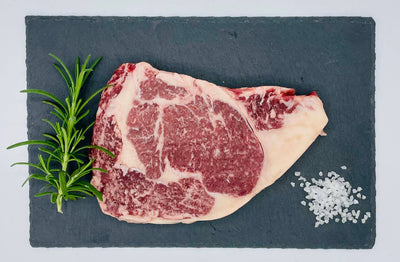
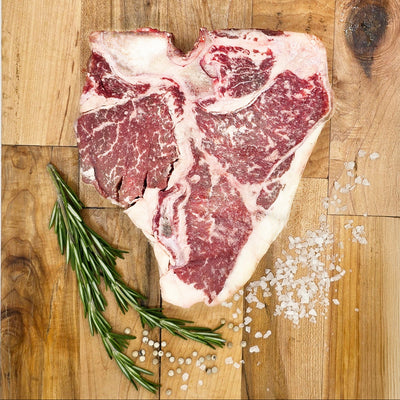
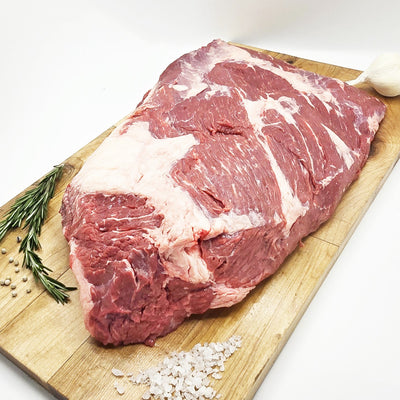
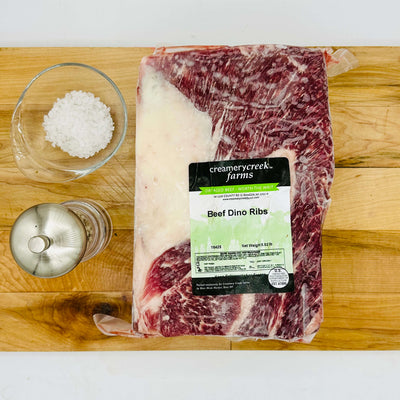

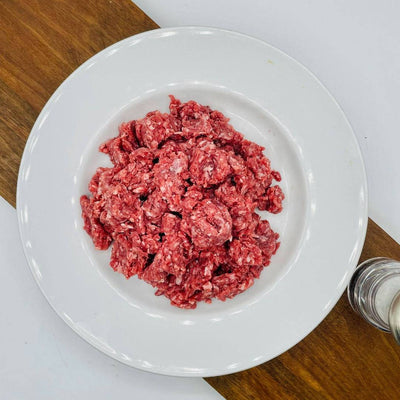
Leave a comment
Also in Farm Blog
Behind the Scenes: How Your Order Ships from Our Farm
Ever wonder what happens after you click “Place Order”? Take a peek behind the scenes to see how your Creamery Creek box is packed, shipped, and delivered straight from our family farm with care and attention in every step.
Keep reading
What’s Really Going On With Imported Beef
There’s been a lot of talk lately about importing more beef from Argentina to “lower prices.” As a beef and dairy farmer, I wanted to share what that really means from our side of the fence. The truth is, cheaper imports don’t fix the challenges facing American farms, they just make it harder for family operations to survive. Here’s what’s really going on and why local beef still matters.
Keep reading
Dry Aged Beef vs Wagyu
Dry aged beef and Wagyu are two of the most celebrated styles of steak. One brings deep, nutty intensity while the other offers rich, buttery tenderness. You'll have to choose what is right for you, but I have a pretty good
Keep reading